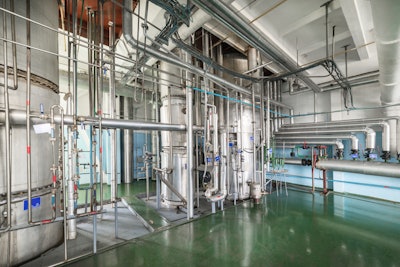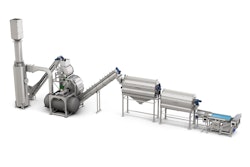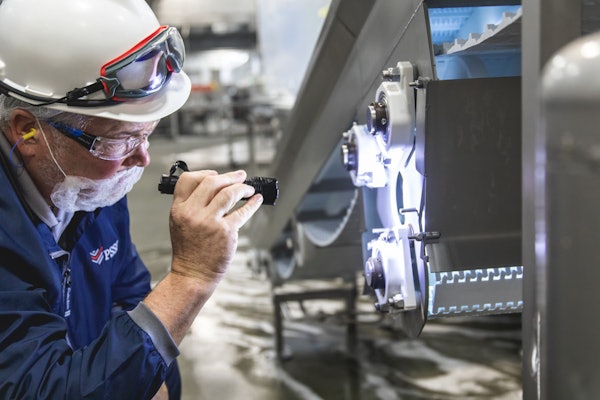
Food manufacturers should take extra precautions when it comes to processing equipment – be it conveying systems where the product is in direct contact, or weighing systems where the product does not come in direct contact of the surface, according to Kevin Hill, digital marketing manager of Quality Scales Unlimited.
Hygienic design of equipment is crucial. It helps safeguard the quality of manufactured products. Hill says there are five key factors to keep in mind for building and maintaining food processing equipment:
1. Type of materials
The materials used in constructing food processing equipment are required to meet strict standards. The parts of equipment which face direct product contact should be neutral under all operating conditions, as well to the cleaning agents used for these areas. Other requirements include, anti-corrosive materials, mechanical stability and original surfaces should remain unchanged under all the conditions of usage and cleaning. Parts which do not come in direct contact with the product should be easy to clean, corrosion resistant, include stable functionality, and have smooth and even surfaces.
2. Surface properties
Generally, there are set standards for the maximum roughness allowed for surfaces which come in direct contact with product. The rougher the surface, the harder it is to clean. This eventually increases the possibilities of microbial infection in products. Also, porous surfaces are usually not accepted in food processing equipment.
Besides the roughness factor, surfaces are required to be free from crevices, sharp corners, protrusions and shadow areas. These qualities should last for the entire functional life of the equipment.
3. Effective cleaning
Cleaning process equipment is complicated. Particular attention should be paid to complex parts of the equipment, because even a minor neglect can lead to contamination. For instance, there are dead zones in the equipment where food, cleaning materials etc., can be trapped. These are difficult to clean completely and are a breeding ground for bacteria. The foremost thing is to identify dead zones both in areas where food does and does not come in contact with the surface of the equipment.
Manual cleaning is appropriate for areas which are easily accessible. When manual cleaning isn’t possible, processors should follow specific clean-in-place (CIP) instructions from the original equipment manufacturer. These include the frequency, cleaning agents and cleaning application procedures. Also, a combination of two cleaning methods like manual removal of bacteria and sanitization will yield more effective results.
4. Appropriate draining methods
Self-drainable equipment makes the removal of chemicals from process equipment easy. The equipment’s surface and pipes equipment are designed to slope toward the drainage spots. They should be clear of any ridges or obstructions which hamper residue flow. If such equipment is not available, appropriate systems should be in place for proper draining of cleaning agents. Even if water alone is used for cleaning, care should be taken to drain it completely, as stagnant or residual water breeds harmful microorganisms which can multiply quickly.
5. Know when to replace equipment
Be aware of your equipment lifespan. While generally long lasting, the lifespan also depends on usage and maintenance. Repairs or heavy usage over the years decreases the life of equipment. Hence, the equipment must be examined regularly. This helps you decide whether to perform maintenance or replace the machinery.


















